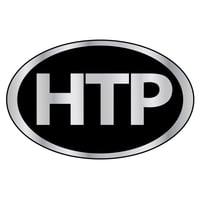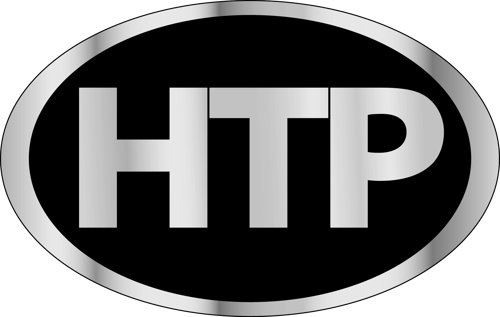Concerned about exhaust recirculation in a high efficiency water heater?
An inherent problem common to all high efficiency water heaters and boilers is the condition known as “recirculation”. When in use, all high efficiency boilers and water heaters produce flue gases that are at best corrosive. These gases leave the combustion chamber along with a certain amount of vapor. The gases then travel up the exhaust vent on the way to the outdoors and the end of the flue line. As these gases flow up the exhaust vent, they begin to condense out of gas form certain amounts of water in the form of corrosive liquid. While still in the exhaust vent, this liquid runs back down the line to the condensate outlet and out of the boiler.
The problem arises when these gases first exit the exhaust vent and circulate in or near the intake line to the boiler or water heater. If the unit is operating, which it usually is at the same time the gases are leaving, then the potential exists for these gases to be drawn into the intake line and sent back to the boiler for use in new combustion. This is a very bad condition. The gases have the ability to corrode the swirl plates, damage the inducer blower, and finally to affect the combustion in the boiler itself.
If you are concerned about this condition, examine the swirl plate on your boiler for damage, discoloration, cracks or even total disintegration. If you remove the burner for maintenance and you discover “coffee grounds” inside the exchanger, you can be assured that recirculation is occurring or has occurred in the past. This condition needs attention by adjusting the proximity of the intake to the exhaust or correcting the overall placement of the intake and exhaust. More on this subject is found in your owner’s manual or on our website.

